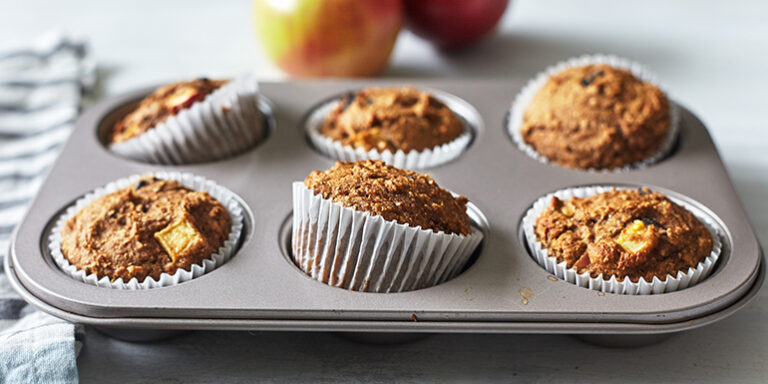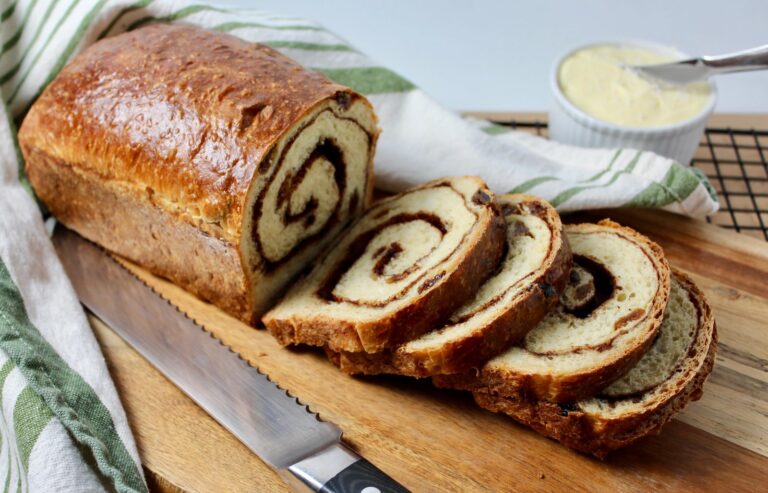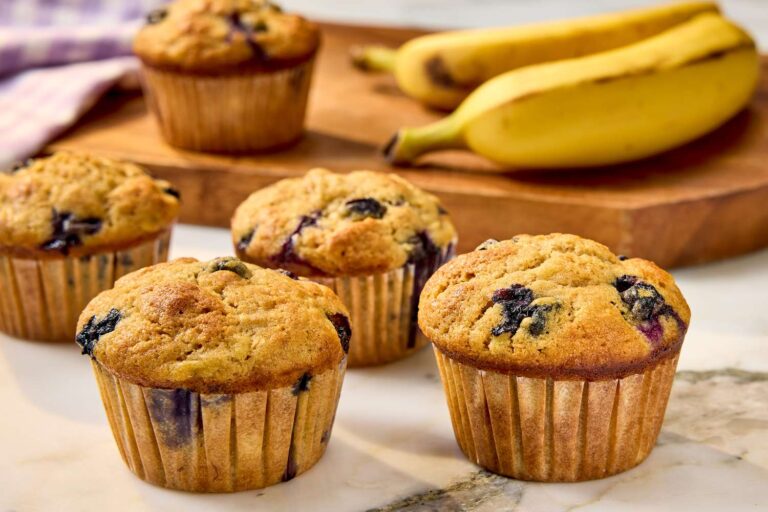Overnight Crème Brûlée French Toast – A Breakfast Dream
There are breakfasts that get the job done, and there are breakfasts that feel like a little celebration. Overnight Crème Brûlée French Toast belongs to the second group, turning simple ingredients into a rich, custardy bake with a caramel base and a crackly sugar top. Thick slices of sturdy bread soak overnight in vanilla custard, then bake up soft inside, golden on the edges, and finished with a brûléed sugar crust that shatters under your fork.
The best part is how effortless the morning feels. You assemble everything the night before, let the custard work its magic in the fridge, and then slide the dish straight into the oven when you wake up. It’s the kind of recipe that makes holiday mornings easier, weekend brunches more special, and everyday breakfasts feel like a treat without a lot of fuss.
Why You’ll Love This Overnight Crème Brûlée French Toast
What Kind of Bread Should I Use?
Bread choice matters because it shapes the texture. Brioche is the top pick for a buttery, rich bite, while challah brings a slightly eggier flavor and holds custard beautifully. A French loaf or bakery-style batard offers a firmer chew and crisp edges, which some people prefer for contrast.
Whatever you choose, use thick slices and aim for day-old bread. Slightly stale bread absorbs custard evenly without falling apart, giving you that creamy center after baking. Soft sandwich bread is too delicate here and tends to collapse; a sturdier loaf gives best results.
Options for Substitutions
- Bread swaps: Brioche, challah, French bread, or Texas toast all work, as long as slices are thick. If you need gluten-free, choose a firm GF loaf and slice it generously so it doesn’t disintegrate during the soak.
- Dairy choices: Whole milk and heavy cream create a silky custard, but half-and-half is a convenient one-carton alternative. For dairy-free, use a rich plant milk (oat or almond) plus coconut cream to replace the heavy cream’s body.
- Egg alternatives: Eggs set the custard, but in a pinch you can thicken with cornstarch and extra milk for a pudding-like effect. The texture won’t be identical, yet it still bakes up creamy and sliceable.
- Sweeteners: Brown sugar gives signature caramel notes, but white sugar, coconut sugar, or maple sugar can step in. Expect flavor shifts—coconut sugar leans toffee-like, while white sugar tastes cleaner and lighter.
- Flavor boosts: Vanilla is classic; a little almond extract, orange zest, or a splash of dark rum adds a bakery spin. Ground cinnamon or nutmeg gives gentle warmth without overpowering the caramel.
- Toppings when you don’t have a torch: Broil the sugar carefully, or finish with a drizzle of warm caramel sauce or cinnamon sugar. You’ll still get sweetness and shine, even without the glassy crust.
Ingredients for This Overnight Crème Brûlée French Toast
How To Make Overnight Crème Brûlée French Toast
Step 1: Make the caramel base.
Add the butter and brown sugar to a small saucepan and set over medium heat. Stir as the butter melts and the sugar dissolves, cooking until the mixture looks smooth and gently bubbling. Immediately pour it into a greased baking dish and tilt the pan so the caramel coats the bottom evenly.
Step 2: Slice and arrange the bread.
Cut your loaf into thick slices—about 1 to 1¼ inches works well—so the interior stays creamy. Arrange the slices snugly over the caramel in a single layer, overlapping slightly if needed to cover gaps without smashing the bread.
Step 3: Whisk the custard.
In a large bowl, whisk eggs, whole milk, heavy cream, vanilla, a pinch of salt, and a spoonful of brown sugar until completely smooth. Keep whisking until no streaks of egg remain; a well-blended custard bakes more evenly and feels silkier.
Step 4: Soak the bread evenly.
Pour the custard slowly over the arranged slices, making sure every piece gets contact with the liquid. Use the back of a spoon to press lightly so the bread begins to absorb without tearing. You want the tops moistened but not drowning.
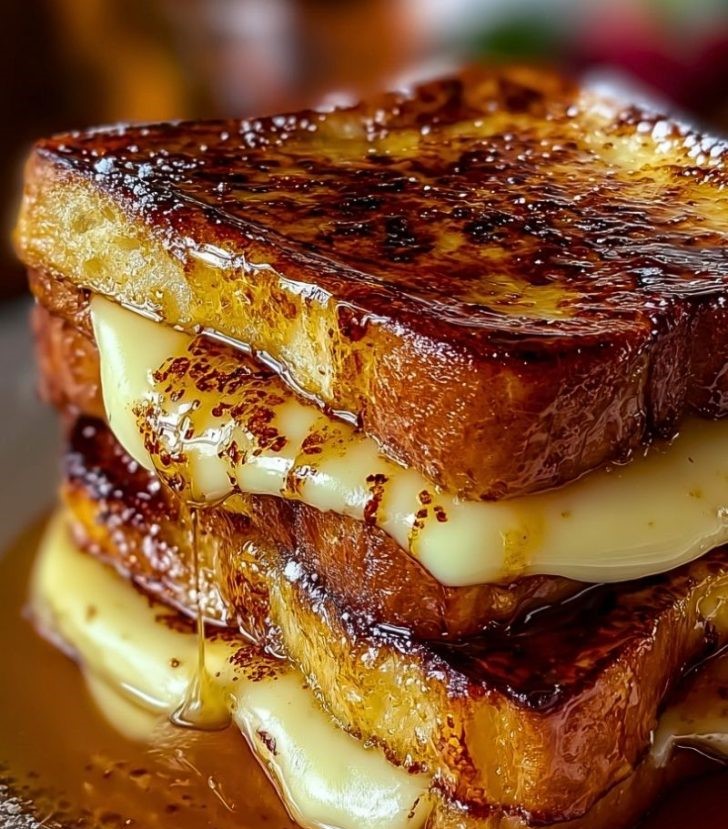
Step 5: Cover and chill overnight.
Wrap the dish tightly with plastic wrap or foil and refrigerate for at least 6 hours, ideally overnight. This resting time lets the custard fully penetrate the bread so the centers bake up soft and custardy.
Step 6: Bring to room temp while preheating.
In the morning, take the dish out of the fridge and set it on the counter for about 20 minutes. Meanwhile, preheat the oven to 350°F (175°C) so the bake starts evenly and the glass or ceramic dish doesn’t shock.
Step 7: Bake until set and golden.
Remove the cover and place the dish on the middle rack. Bake 35 to 40 minutes, until the edges are golden brown and the center looks set with a slight jiggle. A knife inserted near the center should come out mostly clean, not wet.
Step 8: Rest briefly before finishing.
Let the French toast sit 5 to 10 minutes so the custard settles and the caramel loosens underneath. This short rest makes slicing cleaner and helps the top stay intact when you brûlée.
Step 9: Brûlée the sugar topping.
Sprinkle an even layer of granulated sugar across the surface—aim for a thin, complete coat without piles. Use a kitchen torch to melt the sugar in small circles until it bubbles and turns glassy, or set under the broiler for 1 to 2 minutes, watching closely.
Step 10: Serve warm with the caramel.
As the sugar hardens, slice into squares or lift portions with a spatula, scooping some caramel sauce from the bottom onto each serving. Add berries, whipped cream, or a dusting of powdered sugar if you like.
How Long to Cook Overnight Crème Brûlée French Toast
Plan for 35–40 minutes at 350°F (175°C) once the dish goes into the oven. Shallow dishes bake closer to 35 minutes; deeper pans can take a few minutes more. Look for golden edges, a softly set center with minimal jiggle, and custard that no longer looks liquid on top. After baking, rest 5–10 minutes before adding the sugar top so slices hold together cleanly.
Tips for Success
Common Mistakes to Avoid
What to Serve With Overnight Crème Brûlée French Toast
Storage Instructions
Nutrition Information (per serving, approximate)
|
Nutrient |
Amount |
|---|---|
|
Calories |
420–450 kcal |
|
Protein |
10–12 g |
|
Carbohydrates |
50–55 g |
|
Fat |
20–22 g |
|
Saturated Fat |
11–13 g |
|
Fiber |
2 g |
|
Sugar |
28–32 g |
|
Sodium |
300–350 mg |
These values are estimates and will vary with bread type, portion size, and toppings. Pair with fresh fruit or a savory side if you’d like to balance the richness.
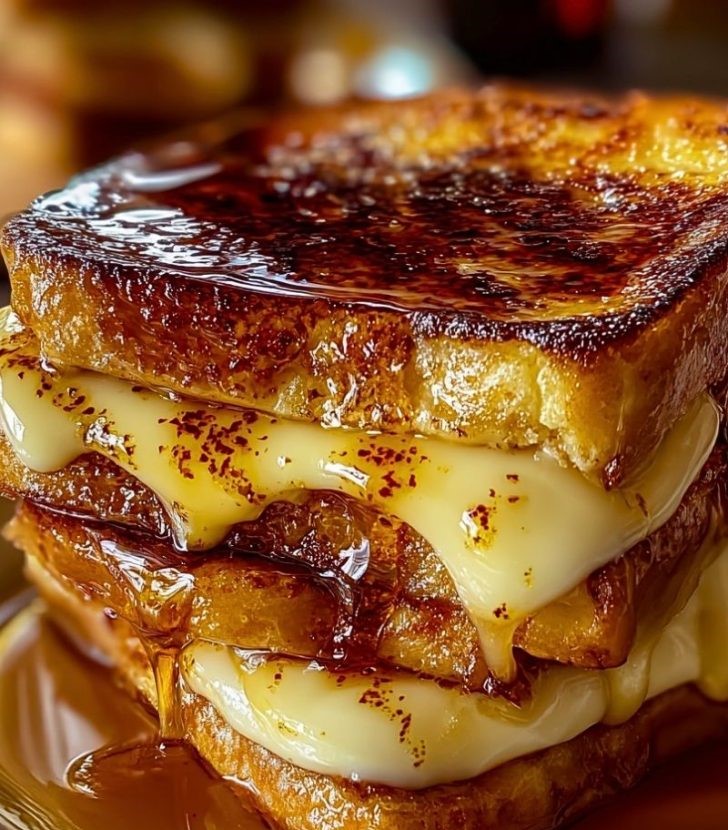
Frequently Asked Questions
Conclusion
Overnight Crème Brûlée French Toast takes everyday ingredients and turns them into something memorable. With a caramel base, a creamy custard center, and a delicate sugar crust on top, every bite feels both comforting and special. Because it’s prepped ahead, it’s as practical as it is impressive, which makes it a reliable favorite for holidays, brunches, and slow weekend mornings.
Once you’ve made it, you’ll see how easily it fits into your routine: assemble at night, bake in the morning, and watch it disappear fast. Keep the base recipe as your go-to, then switch up the bread, spices, and toppings to keep things fresh. This is one of those dishes that earns a permanent spot in your breakfast rotation.

